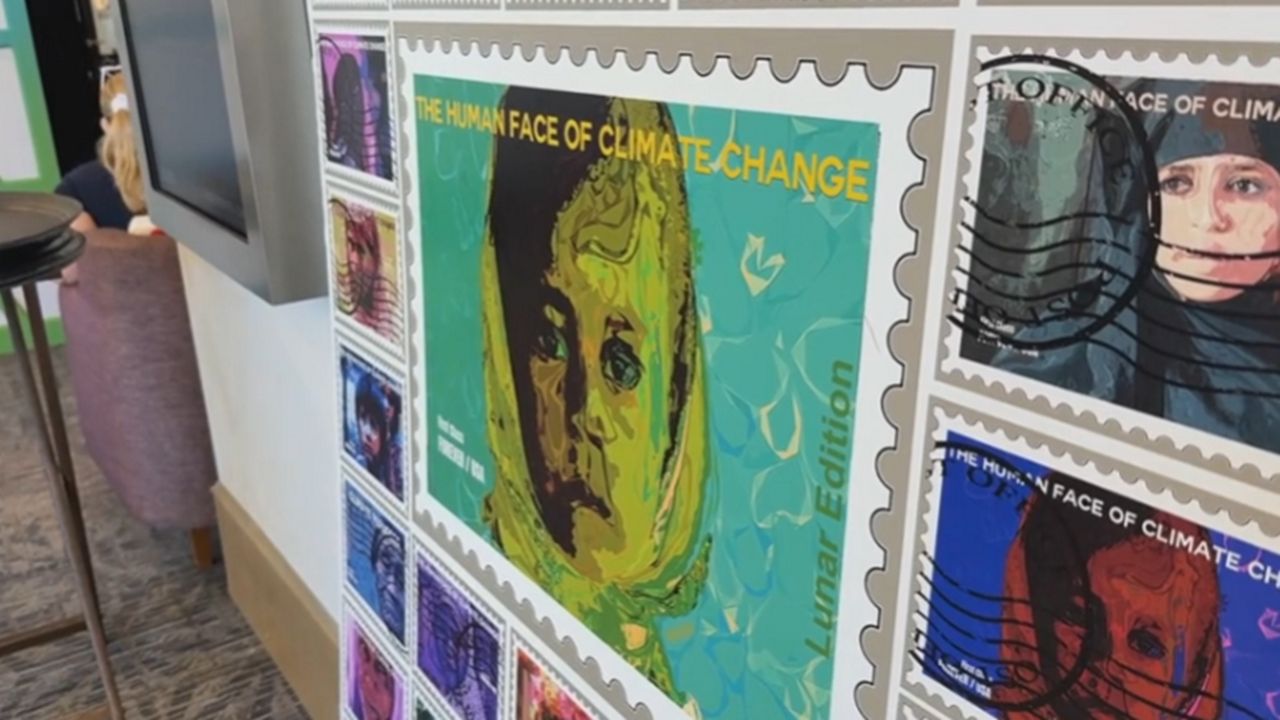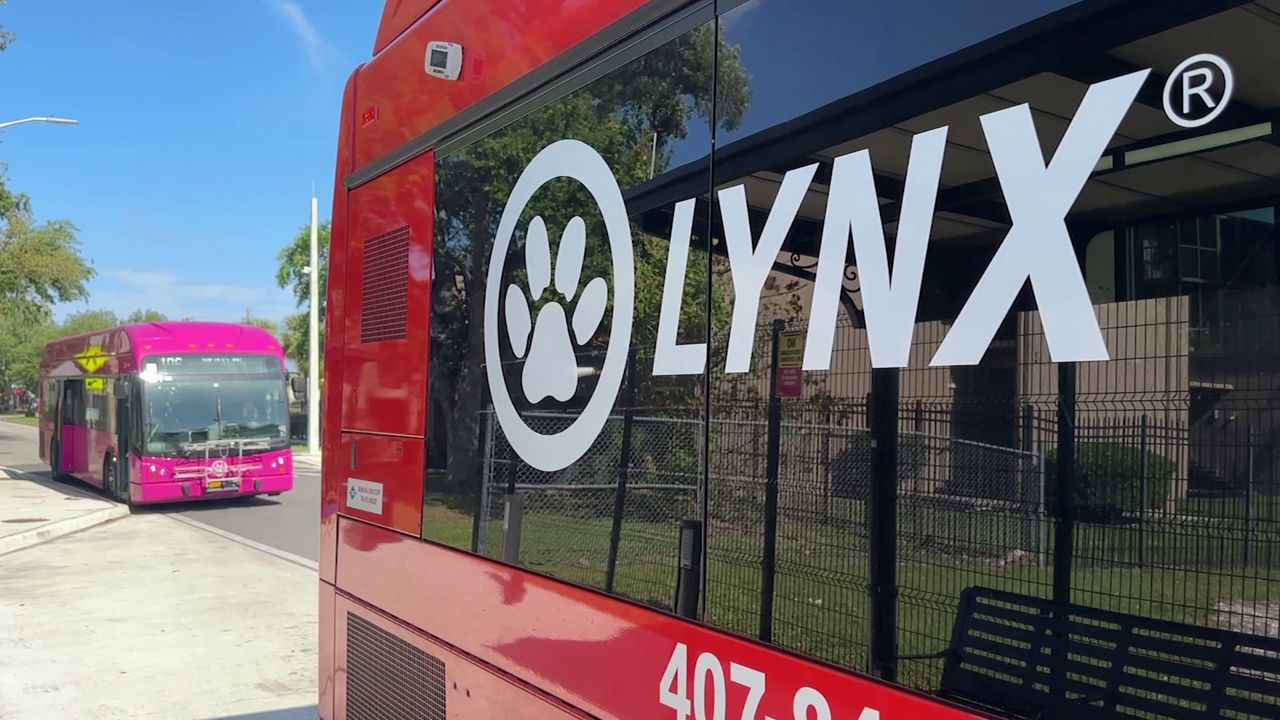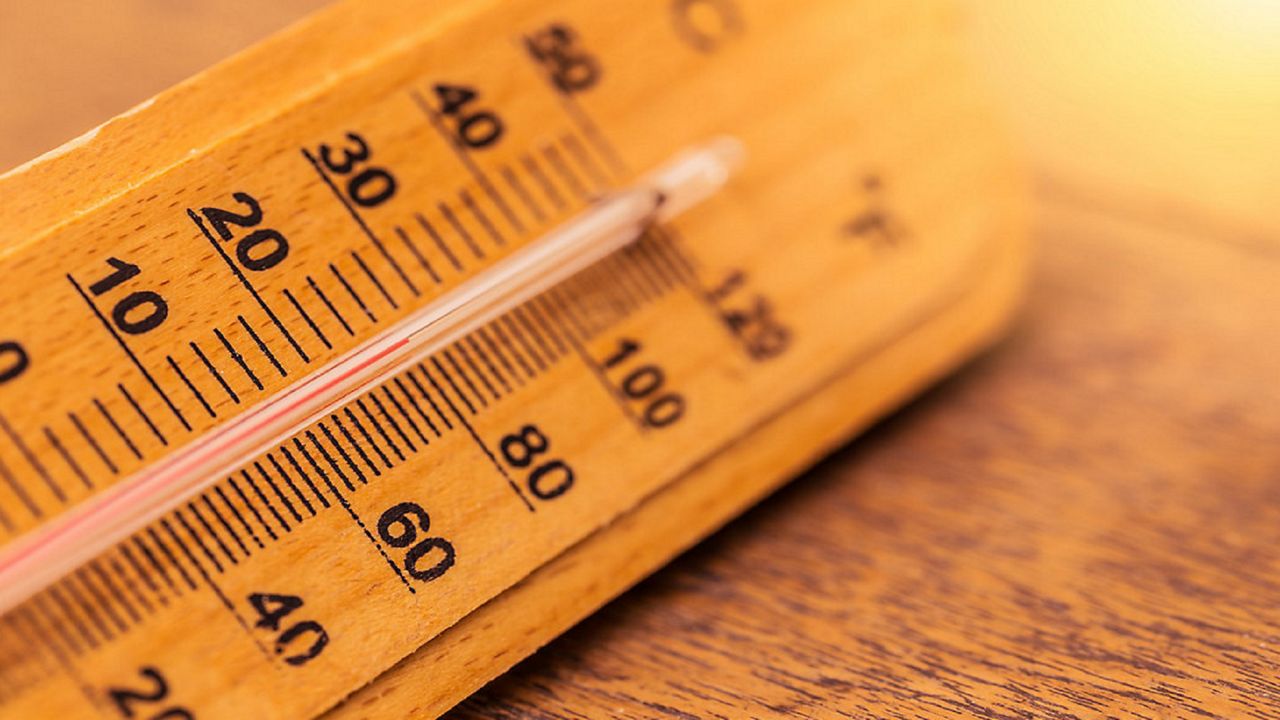FLORIDA — Spring break season is here and with it, many will take to the skies. Anyone who’s flown before knows that turbulence is always a possibility while in-flight.
“Flying in Florida can be awesome, but it can also be extremely challenging,” Thomas Soto said. It is what drew him to become a flight instructor at Right Rudder Academy in Inverness.
“I get to be able to fly with students and get them into aviation, you know? Take them from their very first flight, watch them grow,” he said.
But before getting up in the air, his students must start on the ground, where lessons begin in a classroom setting before shifting to the hangar to conduct the pre-flight checklist.
Kyle Hehman is training in this small glider, but his aspirations are bigger.
"Skills you’ll learn to operate this aircraft are identical when it comes to transitioning into other aircraft," he said.
And while the weather on this particular day seemed favorable, Soto warned that it’s "these clear blue sky days where it tends to be a little bit bumpier outside.”
Which is a common occurrence here in the Sunshine State.
“That hot, rising air creates this turbulence. You have all that heat that’s radiating off the surface,” Soto said.
That warm air, and more of it due to our changing climate, is affecting air travel, and is actively being studied.
Professor Michael Splitt and Florida Institute of Technology elaborated on that research.
“A lot of people are focused on the jet stream and clear air turbulence with commercial aviation. That said, you can get bumpiness for all sorts of reasons, and there may be also changes due to climate, due to convective turbulence. This would be thunderstorms,” Splitt said.
More clear air turbulence is just one of the ways climate change is disrupting air travel, along with:
Coastal airports at risk from rising seas and storm surge flooding
Hotter temperatures can affect plane capacity and restrict takeoff
Increased extreme weather events can cause more flights to be delayed or grounded
Changes in the jet stream could affect route planning, scheduling, and fuel use
And increased wind shear in the jet stream can cause more turbulence
But it’s not all bad news.
Splitt explained more about what these changes mean.
"It’s not like we’re going to completely not know what’s going on with the turbulence on a given day," he said. "Our tools for assessing that are good. It’s just we may be dealing with more frequent turbulence. And so, that makes flight planning and dispatchers work a little bit harder for the airlines."
Students like Hehman have learned how to maneuver these variations in training.
“We figure out temperature inversions to see if maybe there is a potential for the turbulence that you can’t really see,” he said.
Hazards that present training challenges, but also opportunities.
"There’s still something to learn about," Hehman said. "You can never learn everything. There’s no limit to what you can learn."
So if you experience those bumps in-flight, remember turbulence is normal and aircrafts are designed to withstand it.










